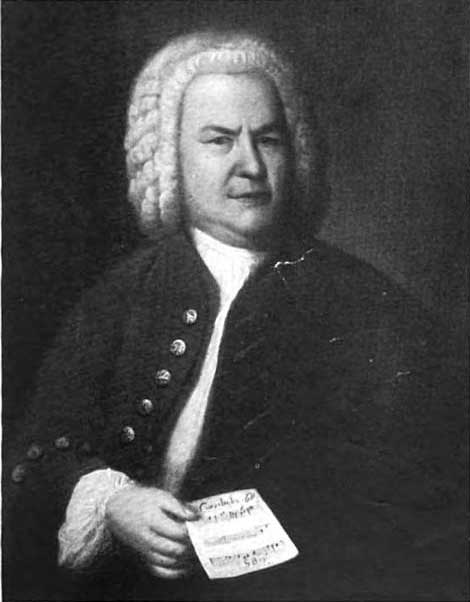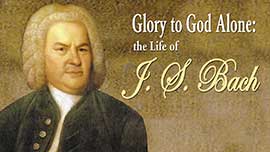CROWDS COULDN’T GET IN TO HEAR MENDELSSOHN’S REVIVAL OF BACH

[Haussmann's portrait of Bach from Johann Nikolaus Forkel's Johann Sebastian Bach: His Life, Art, and Work, 1802. public domain.]
IMAGINE THE STIR twenty-year-old Felix Mendelssohn created in Berlin when he revived Johann Sebastian Bach’s neglected masterwork, The Saint Matthew Passion. On this day, 11 March 1829, a thousand people had to be turned away from the Sing-Akadamie for lack of room. Demand was so great a second performance had to be scheduled as soon as possible, and then a third. Ironically, the Sing-Akadamie’s director had balked at authorizing the performance, believing interest would be low.
Bach had first introduced the work one hundred-and-two-years earlier on this day, 11 March 1727, with perhaps as few as twenty singers divided into two choirs at the Thomaskirche in Leipzig. The libretto was largely taken from the Gospel of Matthew chapters 26 and 27, recounting the arrest, Crucifixion, burial, and Resurrection of Jesus. Interspersed between the Scriptures were related poems and hymns that added theological understanding to the bare biblical narrative.
Mendelssohn first became aware of the masterpiece at fourteen when his grandmother, Bella Salomon, a Bach collector, presented him with a copy of the score. He spent five years adapting it in preparation for its famous revival. Mendelssohn employed well over a hundred performers and cut the work almost by half. Conductors thought nineteenth-century audiences, accustomed to Classical and Romantic pieces, would not sit for three hours of Bach’s “dry,” old-fashioned, and “mathematical” baroque music.
Instead, the performance led to a major revival of Bach’s music, including his enormous repertoire of religious works. “Never have I known any performance so consecrated by one united sympathy,” wrote one participant. French composer Hector Berlioz marveled at the Bach mania, summing it up wittily with the words, “There is but one god—Bach—and Mendelssohn, his prophet.” By 1841, when Mendelssohn again led a performance, audiences were acclimatized to Bach and he restored many of the passages he had cut twelve years earlier.
Since its revival, Saint Matthew Passion has been performed in its entirety hundreds of times. In the Netherlands, for instance, many local ensembles make an annual Easter tradition of presenting the Passion. The Netherlands Bach Society has a fine free performance on YouTube (https://www.youtube.com/watch?v=ZwVW1ttVhuQ) as well as a performance of Bach’s shorter and sunnier Saint John Passion (https://www.youtube.com/watch?v=zMf9XDQBAaI).
If Mendelssohn was inspired by Bach’s monumental Passion, in the nineteenth century, twentieth-century Swiss composer Frank Martin declared that hearing it when he was ten-years-old was his most formative musical experience. Inspired by Bach’s use of two choirs, Martin composed his highly-regarded Mass for Double Choir also available on YouTube (https://youtu.be/J4c0ecGbtqY?si=YdfBBdtDTpSpNQur).
As is well-known, Bach wrote his music for the glory of God and for the re-creation of his listeners. Many pieces include abbreviations such as “I. N. J.” standing for In Nomine Jesu; that is, “In the Name of Jesus.”
—Dan Graves
----- ----- -----
Glory to God Alone documents the faith and work of J.S. Bach. Watch it at RedeemTV.
Glory to God Alone is available for purchase at Vision Video.







